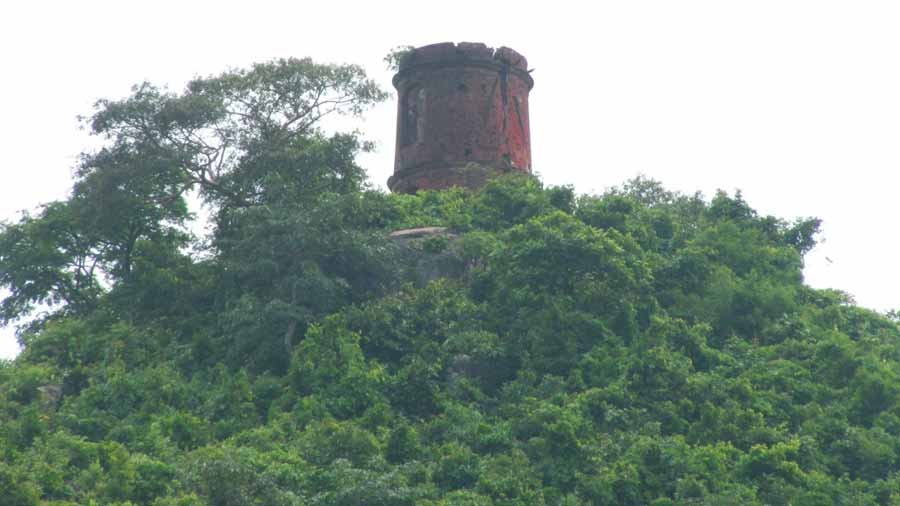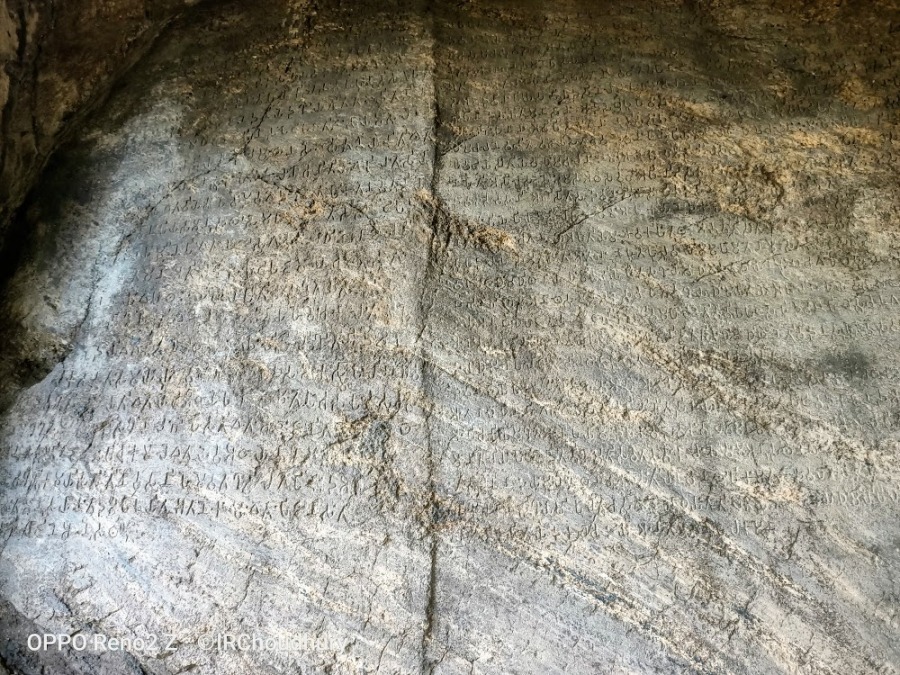I recently visited Patna Saheb Gurudwara, the birthplace of Guru Gobind Singh, and was deeply moved by the spiritual richness of Sikhism. The grandness of the entrance, the serenity inside the temple, and the community's commitment to service left me feeling renewed and inspired. The experience emphasized the power of faith and love.










